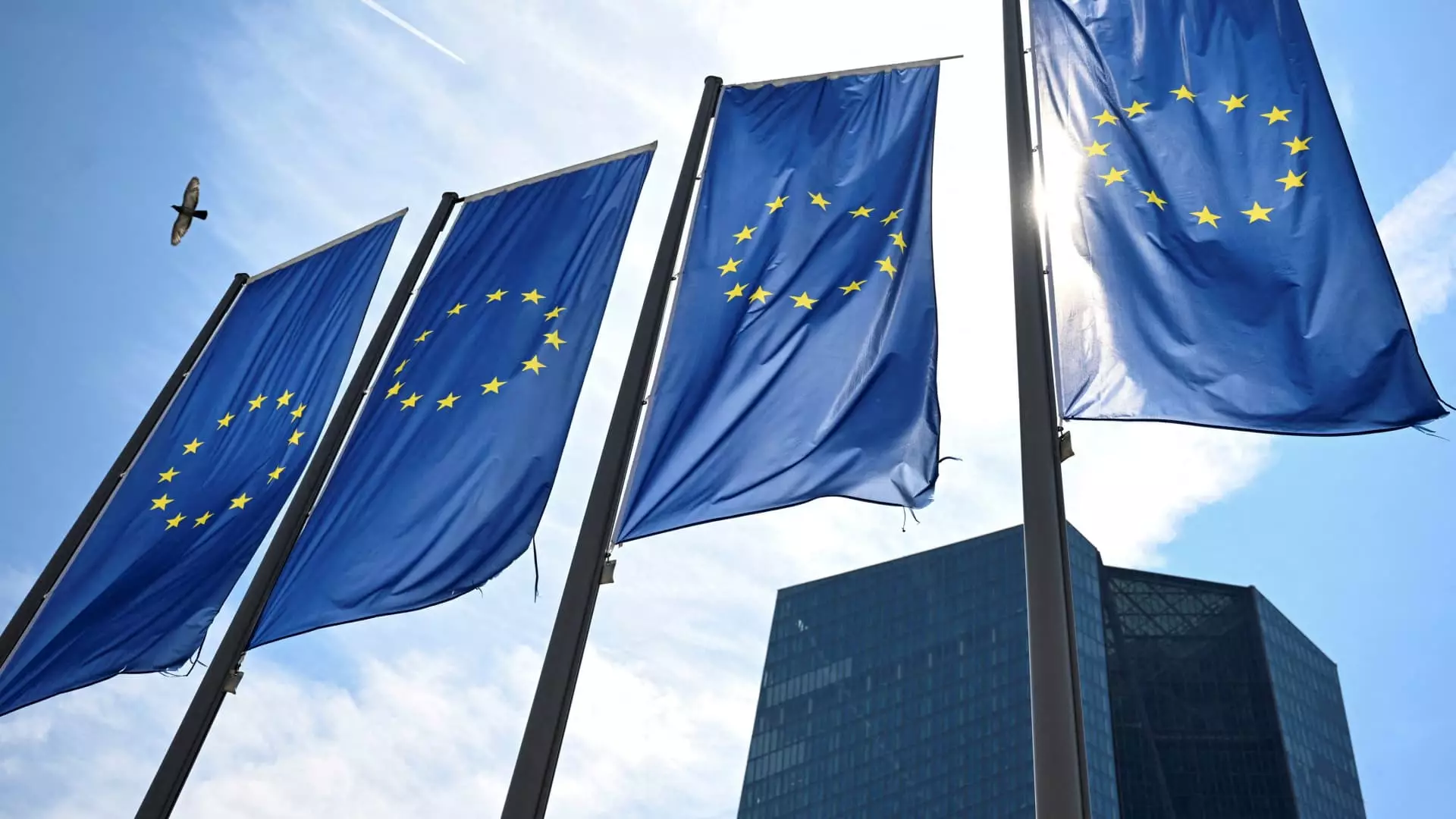On a pivotal Monday, European leaders convene to deliberate over augmenting their defense investments, a response not just to internal pressures but also external geopolitical shifts. The meeting comes at a time when the specter of U.S. President Donald Trump’s recent trade maneuvers is casting a long shadow. The president’s declaration of imposing tariffs on goods from Mexico, Canada, and China has stirred a pot already simmering with transatlantic tensions. While Europe enjoys a temporary reprieve from these tariffs, the implications of Trump’s aggressive trade rhetoric cannot be ignored.
Trump has been vocal about his discontent with European trade practices, positioning the EU as a perceived adversary in the larger global economic framework. His comments, specifically citing a staggering $300 billion trade deficit with the EU, reveal a protective economic stance that seeks to renegotiate the terms of engagement. The president’s refrain — that tariffs on European goods “will definitely happen” — underscores an unsettling undercurrent for European leaders, who are acutely aware that their exports, particularly in the automotive and pharmaceutical sectors, could soon face new hardships.
In 2023, the U.S. emerged as the largest export market for the EU, amplifying the complexity of this fraught relationship. The EU sends substantial amounts of cars and drugs to the U.S., while relying heavily on American oil and gas. This economic interdependence could serve as both a shield and a sword: a mechanism for the EU to leverage its trade relations while simultaneously maintaining some degree of vulnerability in this increasingly hostile trading environment.
In anticipation of potential fallout from Trump’s tariff plans, European officials have hinted at a preemptive response. While formal discussions regarding tariffs may not figure prominently in the leaders’ meeting agenda, the topic is likely to surface amidst concerns regarding the U.S. economic approach. An EU official, speaking under the condition of anonymity, suggested that while tangible discussions on tariffs may be avoided, the sentiment surrounding them will undoubtedly permeate the gathering.
The European Union has voiced discontent over the U.S. tariffs on Canada, Mexico, and China, asserting that such actions disrupt the rules-based international trading system that benefits global economies. A spokesperson for the European Commission articulated, “The EU firmly believes that low tariffs drive growth and economic stability within a strong, rules-based trading system.” This statement reflects the EU’s broader philosophy, championing free trade even as they prepare for a firmer stance against any unjust tariffs imposed by the U.S.
The underlying tensions raise the question: Is a trade confrontation between the U.S. and EU on the horizon? A senior diplomat from the EU, speaking confidentially, acknowledged the brewing storm. While opportunities for negotiation exist, particularly around increasing liquefied natural gas (LNG) purchases from the U.S., the risk of escalation remains high. The diplomat’s commentary suggests that while both parties may wish to avoid conflict, the frameworks for achieving that goal are precarious at best.
As the leaders’ meeting unfolds, navigating relations with the U.S. will be fraught with challenges — balancing economic strategies with defensive postures will be crucial. The EU’s commitment to a strong trading system coupled with their resolve to confront unfair tariff practices signals a potential pivot in how Europe engages with its most significant trading partner.
The relationship between Europe and the U.S. is at a crossroads, complicated by heightened nationalist sentiments and a move toward protectionism in global markets. As the dust settles from the leaders’ discussions, the European Union must strategize effectively in a landscape that threatens both their economic stability and their diplomatic relations with the United States. With the stakes higher than ever, Europe’s resilience and unity will be tested as they confront these new trade realities.


Leave a Reply